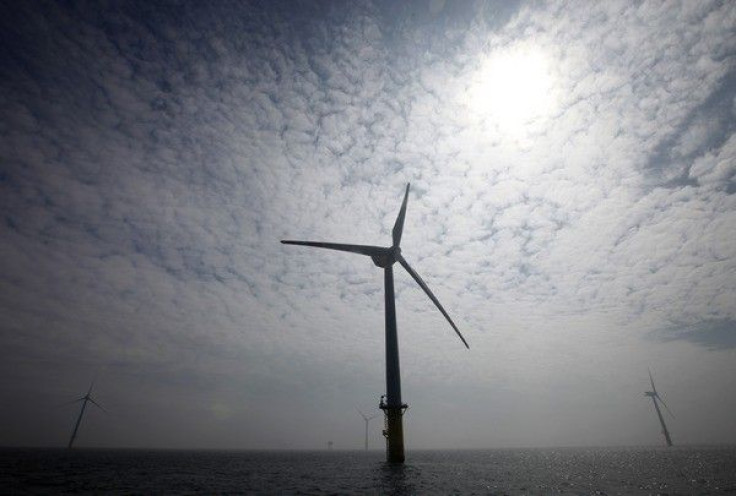The Changing Rationale Behind Renewable Energy Technology: A Short History

The public has to some degree supported renewable energy technologies for several decades, but the reasons keep evolving.
A working paper from Bruegel, a European economic think tank, explores the varying rationale behind the support for renewables. The authors, Georg Zachmann, Amma Serwaah and Michele Peruzzi, conclude that investing in further evaluation of renewable energy technology support schemes is a “no-regret option.”
They explain that the first and second world wars powered the first wave of support for renewable energy, as both sides of the war effort aimed to diversify their energy supplies and improvise technical solutions for war-specific purposes. Germany, for example, began using potatoes to produce ethanol and fuel rockets and wind power for decentralized electricity production. (Notably, the world wars also accelerated the growth of the oil industry. The British Royal Navy relied on coal until Winston Churchill guided a switch to oil so ships could be smaller and faster and travel further.)
Decades later, support for renewables grew again during the 1970s oil crises. Research and development programs for photovoltaic cells and wind turbines popped up in the U.S. and Europe as the world powers sought to reduce their dependence on Middle Eastern oil suppliers and shield their economies from volatile oil prices.
A report in 1972 from the think tank Club of Rome spread fear that the world’s finite energy resources might be shriveling, further encouraging support for alternative, renewable means of energy production.
Low resource prices in the 1980s softened support for renewables, while the 1986 Chernobyl nuclear disaster undermined some acceptance of nuclear as a clean source of energy.
Then concern over climate change grew in public debate, taking center stage at the Kyoto Conference in 1996. At the conference, most of the world’s developed countries committed to reducing greenhouse gas emissions. Governments began aiming to replace existing fossil plants with uncompetitive renewable energy technologies, some subsidizing renewable energy in hopes of making them competitive in the long term.
Most recently, the 2011 Fukushima nuclear accident lent more evidence of the pitfalls of nuclear energy and more support for renewable energy.
And that’s a short history of the changing rationale behind renewable energy technology. Here’s an even shorter version:
WWI 1914-1918 and WWII 1939-1945: Military use of renewable energy technologies
Oil crises of 1972 and 1979: Reduction of energy dependence, shield economies from oil price shocks
Club of Rome report, 1972: Prepare for the finite nature of energy resources
Kyoto Conference, 1996: Mitigate carbon emissions from energy production
Since around 2000: Infant industry policy
1986 Chernobyl, 2011 Fukushima: Replace nuclear reactors
Side benefit: Reduce pollution from fossil plants as renewable energy replaces fossil fuels
© Copyright IBTimes 2024. All rights reserved.












